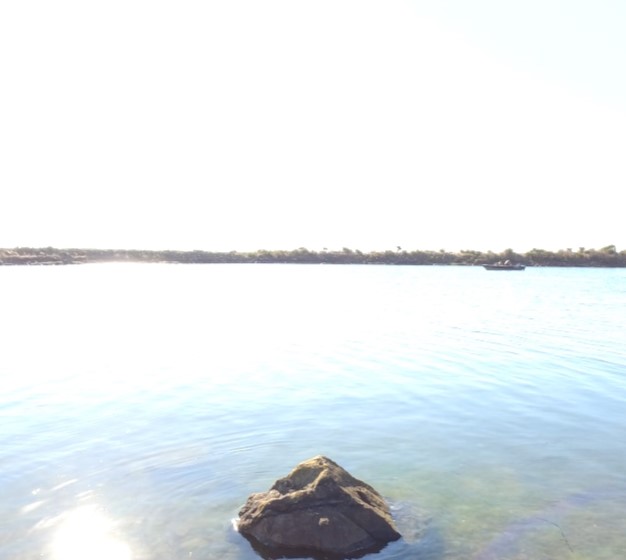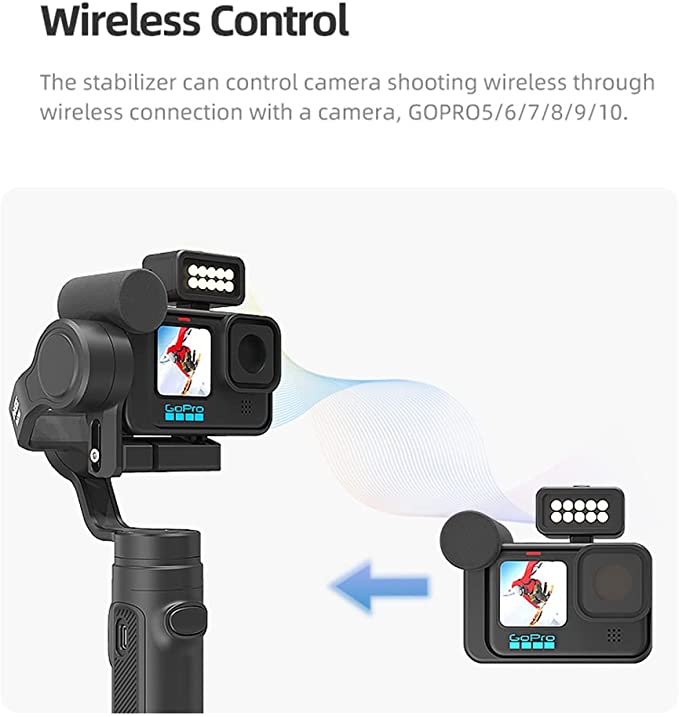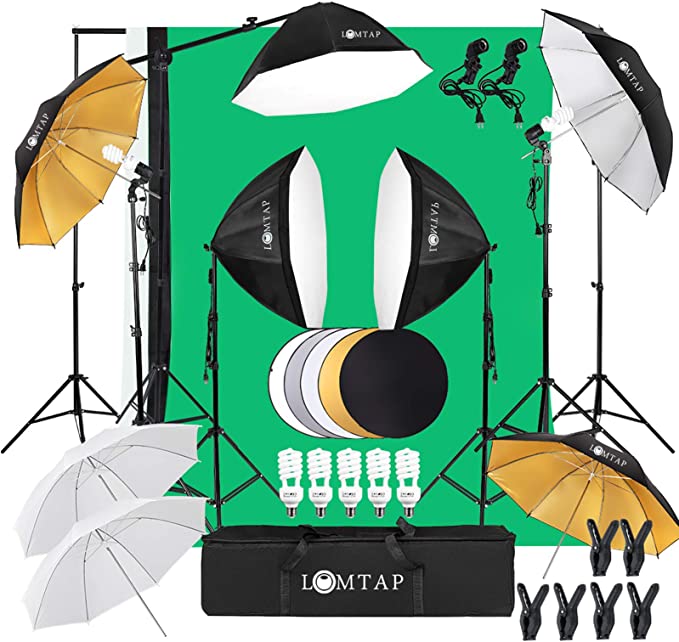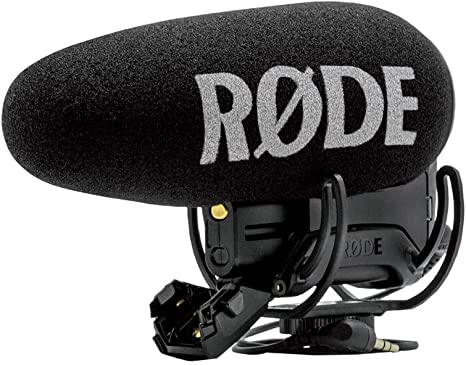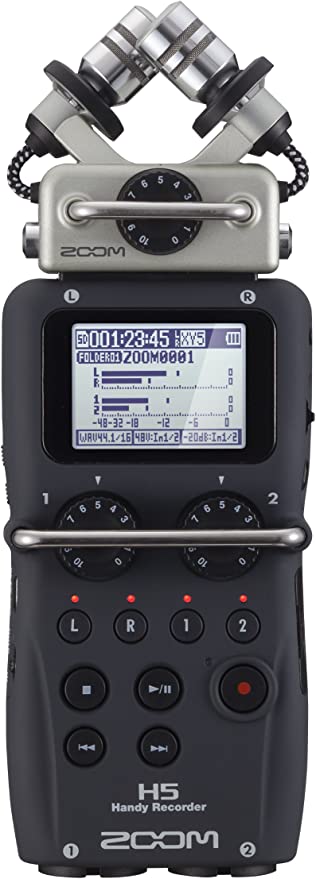It was once said that everything looks better in slow motion. I don’t exactly disagree. Everything does seem to look awesome and better in slow motion. The ability to slow down time and highlight an exciting moment is a must in anyone’s filming toolbox. However what about fast motion video? Or High Frame rate video as it’s sometimes referred to? High frame rate video can also highlight an exciting moment in real time by making the video as crisp and clear as possible so you see every single action moment in perfect clarity. The thing is though, slow motion video and high frame rate video are the exact same thing….. Confused yet? Well don’t worry, because in this article, we’re going to look at the differences between slow motion and high frame rate video.
Now before we get into the nitty gritty, I’d also like to announce that since my YouTube channel is coming up to the milestone of nearly 2K subscribers, there’s going to be a giveaway to celebrate! This will be some exclusive DemonView swag and what could possibly be the greatest piece of technology in the world…. possibly, I don’t know, I’m still reviewing this hardware, but the lucky winner will be getting their hands on the review model. So be on look out for that when the channel hits 2K subscribers, this will be a fun cool giveaway and I’ll be announcing the details of the giveaway when we hit 2K! (if you don’t want to wait, go to my YouTube channel, hit like and subscribe now to get us to that mark sooner!).
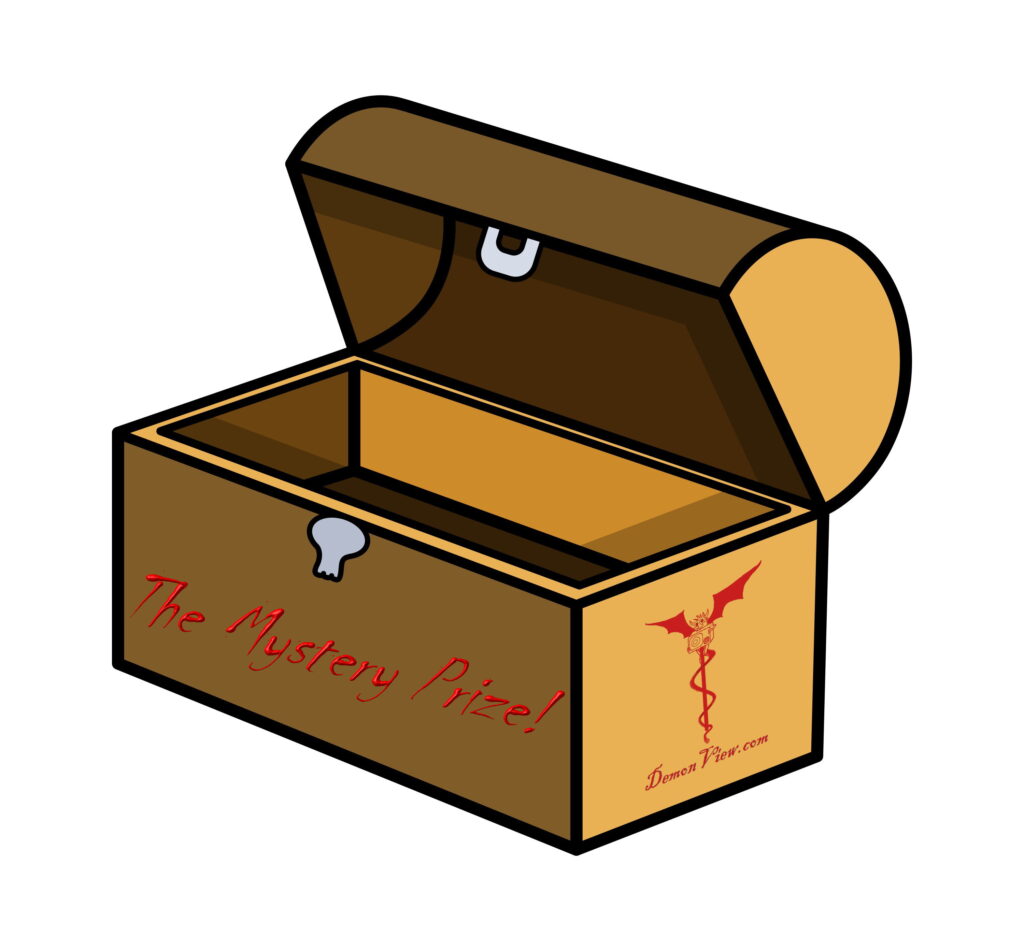
Ok, on with the article. You’ve probably all heard of slow motion video. You know the types of shots, where things slow right down to ½, ¼, 1/8 normal speed and really highlights an epic moment or fun scene in a video. It can look stunning and honestly, it can be a lot of fun to film slow motion video. So how is it accomplished. Well this one is fairly simple and involves some very simple math.
When you’re watching what I’d refer to as a “normal speed” video. You’re watching a video that’s recorded at 30 Frames per second and then played back at 30 frames per second. This means that for every second of video recorded, there are 30 individual pictures that make up that frame.
When it comes to slow motion video though, you actually film at a much higher frame rate such as 60 frames per second. However you would then edit the video so that it plays back at 30 frames per second. This will result in you having ½ speed slow motion.
If you recorded at 90 frames per second and play back at 30fps, this gives you 1/3 speed slow motion.
Recording at 120FPS and playing back at 30 FPS, this gives you ¼ speed slow motion.
And finally, recording at 240FPS and playing back at 30FPS gives you 1/8 speed slow motion.
Now the reason we film in a higher frame rate for a slow motion shot is that if you filmed at the normal 30 frames per second and then tried to slow the footage down to ¼ speed, you would then end up with 7.5 frames per second. This would look unnatural, more like a slow paced slide show rather than smooth video. You really want that playback video to be a minimum of 24 or 30 frames per second upon playback so the video looks smooth and natural.
And THAT is the very simple math explained.
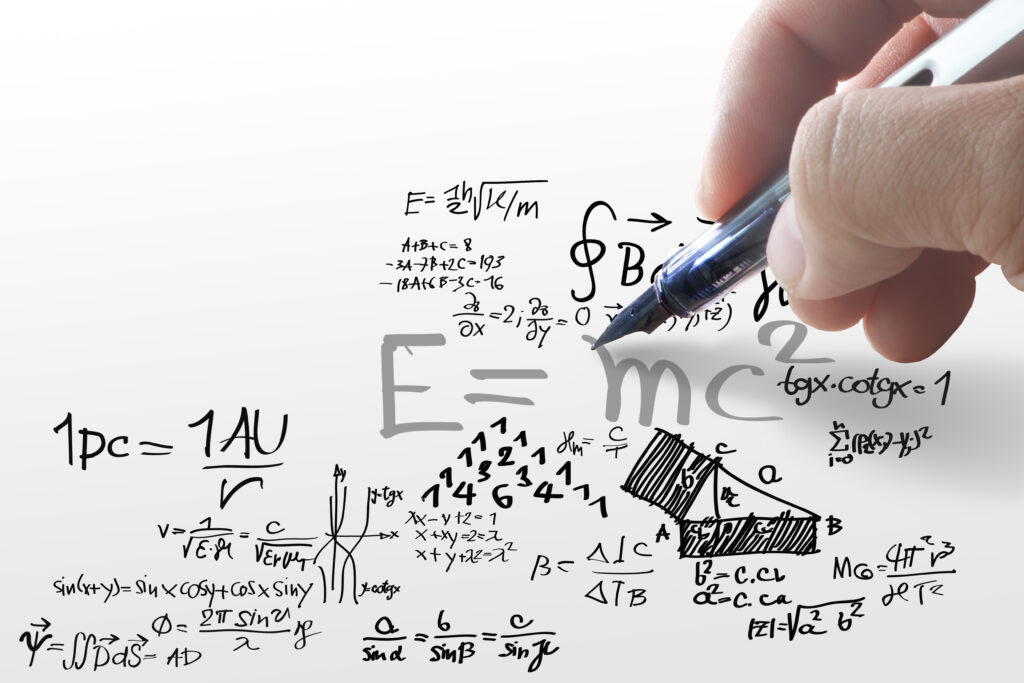
So why not shoot at 240FPS all the time and then just slow down the parts you want? Well there are a couple of reasons for this.
1: You’re creating some really large files when you shoot in a higher frame rate. I mean if you record at 30 frames per second, you have a normal file size. If you record at 240frames per second, then you’re essentially creating a files size 8x larger. So you could end up running yourself out of SD card space due to the amount of information you’re capturing.
2: It’s a lot more strain on the camera to shoot at such a high frame rate, so this is going to require more battery power and drain your battery faster.
3: Since your camera is working harder, it’s going to heat up a lot faster too and no one wants their camera to overheat.
4: The higher the frame rate you use, the less time there is for light to hit the sensor of your camera, so higher frame rates require even more lighting. To low a light and too high a frame rate, and you’ll end up with a lot of ISO noise in your footage.
So when it comes to shooting slow motion video, it’s always best to do it in short bursts. This not only combats all the above listed points, but it also speeds up your editing process as now you don’t have gigs worth of data to sort though just to find the shot you want.
Now that’s the basic explanation of slow motion. So what about High Frame rate video? Well high frame rate video is something that you may have seen in a lot of TV shows or movies, but didn’t know what it was called. For instance in scenes of fast action, where you really want clear details shown during an action scene to ramp up the feeling of speed, you’d film in a higher frame rate to eliminate motion blur.
So if I film a water hose spraying water at 30FPS, you’re going to see the water spraying and that’s fine. However, if I film the same scene in a high frame rate, not only do you see the water spraying, you also see the individual water droplets in the spray. This is because at a much higher frame rate, you’re eliminating motion blur, and now, every single detail looks crystal clear.
So when you watch an action movie and see two people fighting, or see some bullet strikes hitting the ground, this is usually filmed in a much higher frame rate than 30FPS.
Now I know what you’re thinking, this sounds the exact same as slow motion, you’re shooting at a high frame rate! Well, you’re right, it’s the exact same thing! The difference is that you’re recording in a high frame rate, but you’re also going to play back at the same frame rate the video was recorded in.
So if you record at 60 Frame per second, you’re going to play back the file at 60 frames per second.
If you recorded at 120 frames pers seconds, you’re going to play back the file at 120 frames per second.
This means that you don’t get a slow motion effect since you’re playing back the file at the exact same speed it was recorded at. So your speed stays at “normal” speed. You’re just getting a much sharper, clearer image.
And that’s it! That’s the simple difference between slow motion video and high frame rate video. How they are essentially the same thing while being filmed, but the difference is how it’s played back (or rendered if you’re doing an edit).
So when should you use slow motion vs high frame rate video?
Well that’s honestly an artistic choice for you, the creator. Slow motion is good for highlighting a very specific piece of action. Like the scoring of a goal, creating a fire effect, something that only happens for an instant, but you then want to make that instant last a lot longer on film.
With High Frame rate, think of a much longer action set piece, a fight scene, a motocross bike race. Something where there is a lot of consistent action going on and is very high motion and you don’t want blurring and most important, where you don’t want to break the pace by having something in slow motion.
A good example would be a boxing match for instance. You’re film in a high frame rate to highlight the speed at which each opponent throws a punch. Using high Frame rate is excellent for this. However if you were to shoot this in slow motion, you wouldn’t end up with an exciting fast fight. You’d end up with everything being slow……. and boring… and dragging on for ages. However, you could combine the two….
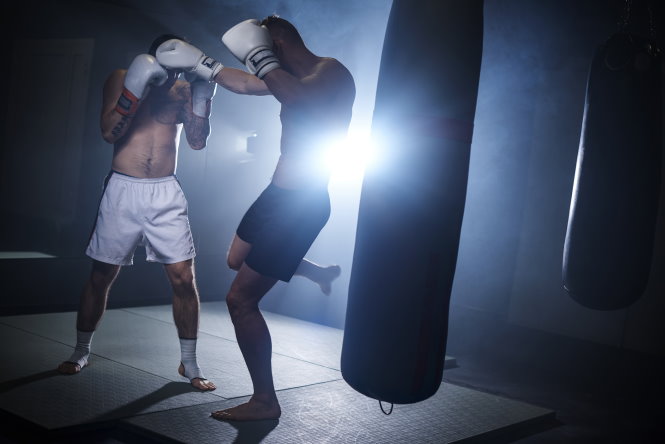
So film the fight in a high frame rate video, but when someone lands that knock out punch, then you can slow down that one single punch to slow motion. And remember, you can do this since filming in high frame rate and slow motion are the exact same thing! It’s just that one single punch scene that you’re going to slow down to play back at 30 frames per second…
However, remember that filming in high frame rates are going to put a lot of strain on your camera, drain your battery and fill up your SD card. So it’s good to plan things out in advance, know when to use high frame rates and when not to. Do that and you’ll soon be a master cinematographer when it comes to using higher frame rates.
And there you go! The difference between high frame rate and slow motion video, why they are both the same thing and yet completely different! Hopefully you found this article helpful and you’re now on the road to being a master cinematographer.
So thanks again for watching, come back soon and check for the announcement of DemonView’s upcoming giveaway! You never know, you could be the winner (and lets face it, the odds are WAAAAY better than winning the lotto!).
Until next time
Cheerio!
